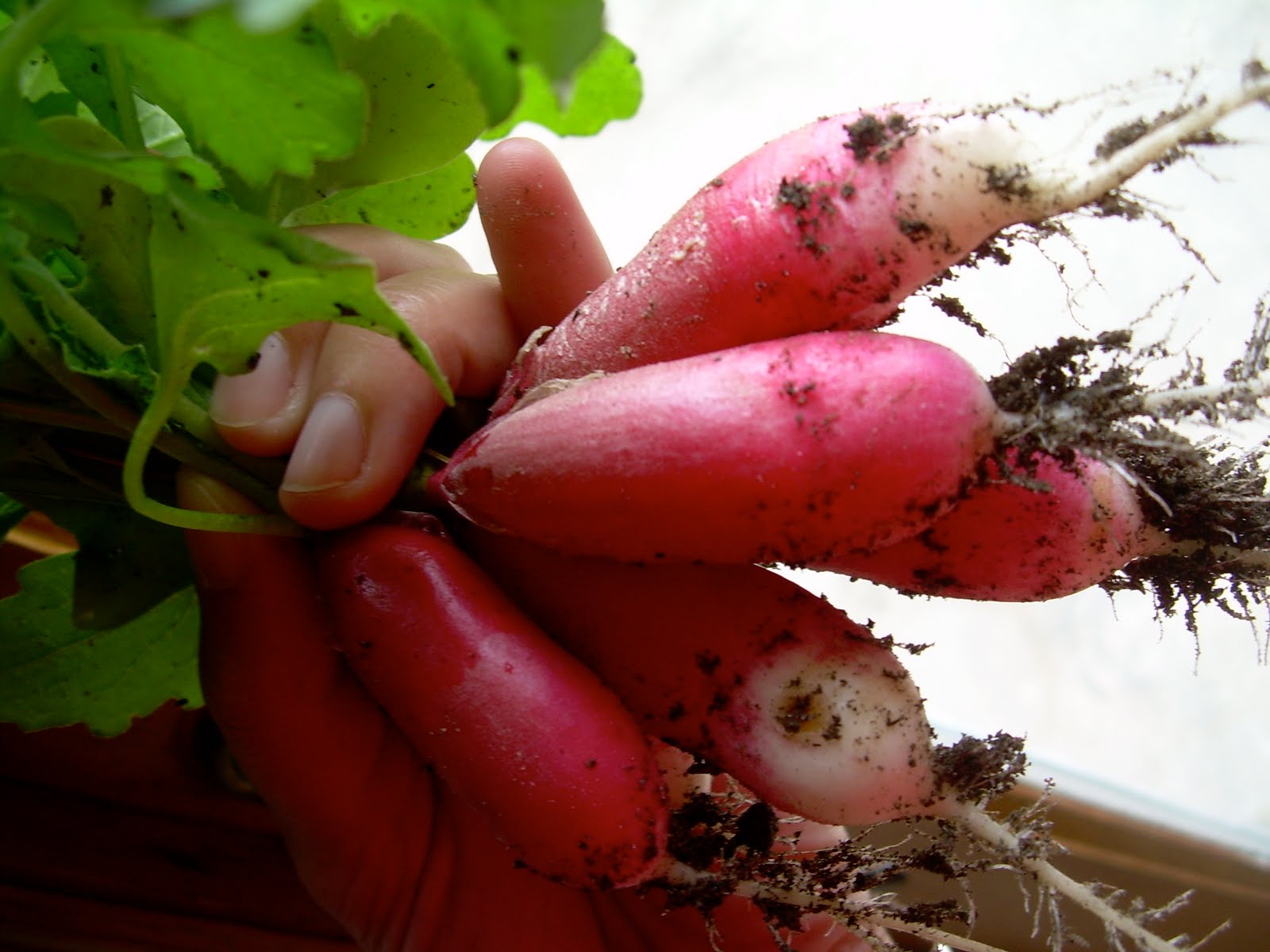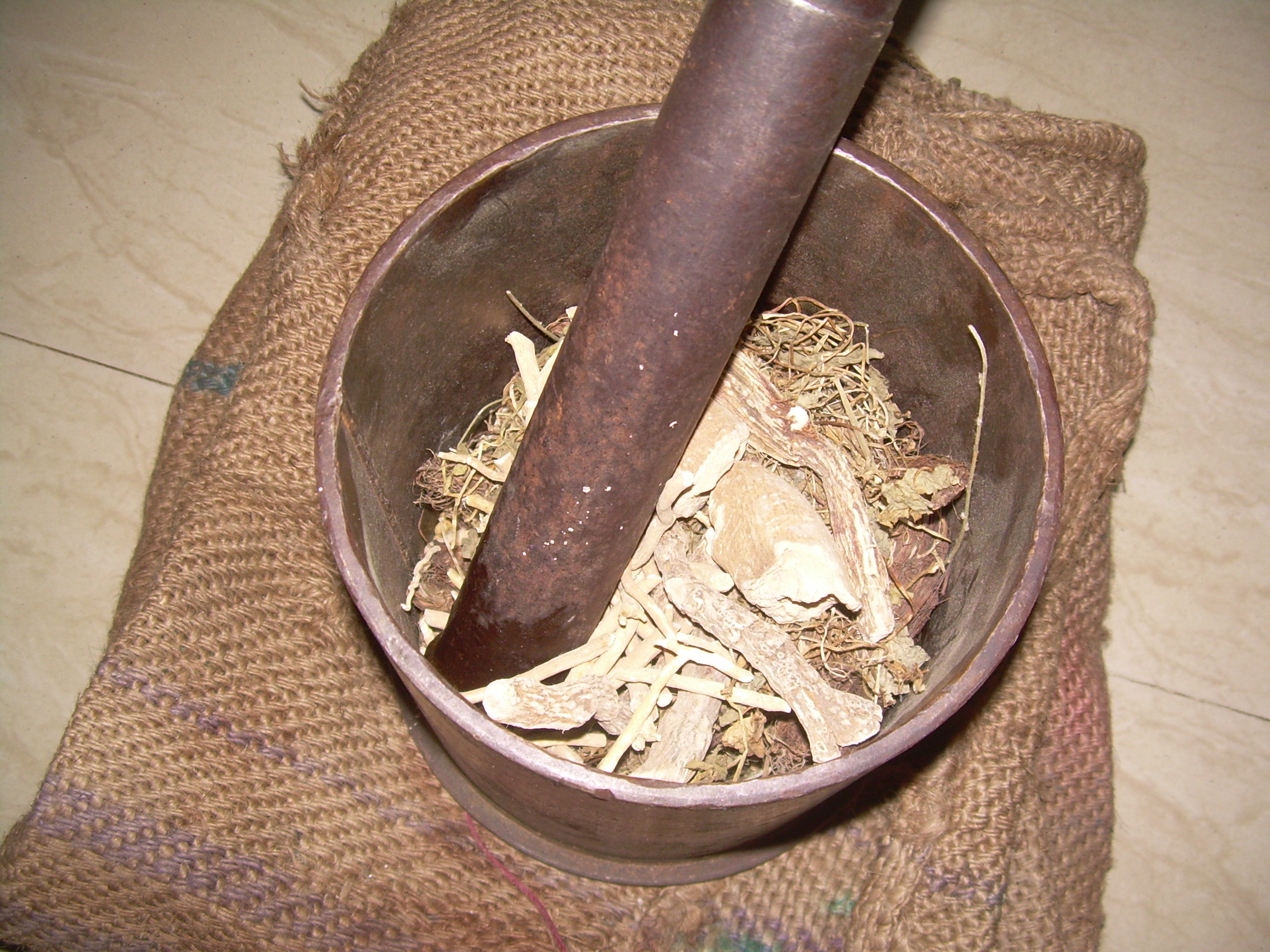The Process:
Ayurveda emphasizes the importance of our connection with the natural world and its rhythms as a keystone to preventative medicine practices. By establishing daily and seasonal routines, we become more harmonious with these rhythms. Part of this routine involves regular, seasonal purification and rejuvenation. Preventative medicine involves establishing one’s self in good habits – habits that we probably already tell ourselves we want to stop or start to improve our lives.
Influenced by the over-stimulating energy around us, we easily become accustomed and habituated to unwholesome habits, like eating unhealthy food, sleeping and exercising irregularly, or ignoring our stressors. It is very helpful to temporarily change your daily routines, that you may open yourself to seeing and feeling from new perspectives, and inquire into which habits are supporting your health and which are undermining it. By mobilizing metabolic wastes through a cleansing diet, exercise, and massage, and purging mental and emotional wastes through practices such as meditation and breathing exercises, a seasonal cleanse will serve as way to jump-start your own process of self-healing and determination. Nourishment and rejuvenation is just as or even more important than any purgatory action.
The aims of an Ayurvedic cleanse involve removing ama from the tissues, rekindling agni, and increasing peacefulness or “sattva” while we rest and reflect on habits and patterns. A typical home cleanse can be done over 7-14 days at home utilizing culinary spices and teas, a mono-diet of kitchari, self-massage, yoga and other ‘dinacharya’ practices, and sometimes herbal supplements.
What is Ama?
Ama is defined as ‘undigested food’ – it is the ‘toxin’ or ‘poison’ in Ayurveda. Ama is considered to be the cause behind all disease and disorder, ultimately. Ama is formed when agni is low, and agni can be low for many different reasons (see below.) Ama can be physically felt and seen. It is heavy, thick and sticky. Signs of ama are unclear thinking, pain, bloating, gas, thick tongue coating, foul smell, mucous, indigestion, lack of appetite.
What is Agni?
Agni is basically the opposite of ama – when agni is low, ama may form. Agni means ‘fire’ – it is our metabolic strength, our ability to digest and assimilate food, and other impressions that we take into ourselves through the sense organs. Agni is hot, light, and subtle. Agni could become impaired when there is sickness, chronic or acute, overeating, eating at improper times or improper food combinations that are hard to digest, when taking pharmaceuticals, or after surgery. Signs of low or impaired agni are very similar to those signs of ama.
What is Sattva?
Sattva is one of the three major energy forces, called gunas, which interact to manifest our universe. These energies can be most easily understood in relation to our state of mind. Rajas and Tamas, meaning action and inertia, respectively, are the other two gunas, or energies. These energies are constantly transforming into and out of one another. Sattva is defined as ‘essence,’ it is subtle, graceful, peaceful, good and pure. Sattvic qualities allow us to improve our health and well-being by allowing us positive space to rest, renew and rejuvenate into our best self. Think calm, quiet and easy. The goal of this cleanse is to increase our sattvic qualities, so we take in sattvic foods and impressions to increase this quality in our body and mind. One of the sanskrit names for the ‘mind’ is sattva – it’s nice to know that the mind is inherently calm and peaceful.
Why kitchari?
- It is easy to digest, allowing the body to use less energy on digestive functions, and more on clearing and metabolizing gunk from the body.
- It is a complete protein, meaning you will get enough nutrients to sustain a restful daily routine from this dish alone.
- It is balancing for all of the doshas, or elements.
- The recommended spices like ginger, turmeric, coriander, cumin and fennel, are anti-inflammatory, cleanse the blood, burn up toxins and improve agni.
- It is alkaline for the body, assisting in lowering acidity of the blood.
- A simple, one pot meal to simplify our schedule, and our desires for unnecessary snacking.
Who does it?
The idea is that this is not a one-off sort of thing, but that you might decide to incorporate seasonal cleansing into your year for the rest of your life. Some people desire a kick in the bum to help them make some changes towards a more holistic lifestyle, so a dedicated cleanse week is helpful to move things forward. Others want to learn how to cleanse because they wake up one day sick of feeling ‘yucky.’ Some people are encouraged by their doctor to detox, to help them lose weight, or get high cholesterol numbers or blood pressure down. Others understand it to be a way to help the manage chronic disease or discomfort like allergies or lingering colds and flus. It is beneficial for those looking to conceive, even if there are no foreseen fertility issues. It can be helpful for those just starting a dairy-free or gluten-free diet, who have successfully completed a course of anti-biotics or other medication, and who are not currently ill, for those experiencing sluggishness, fatigue and more.
What are the benefits?
There are many reasons to find a cleanse that works for you. In the paragraph above, I mention some situations when cleansing might be ideal to do. Benefits vary between the individual, of course, but a cleanse should leave you feeling light but grounded, clear headed or well on your way, inspired, rested, and feeling good in the tummy. The rest will follow.
Be well! For more information see Adena Rose Ayurveda or contact me: adena [at] adenaroseayurveda [dot] com










